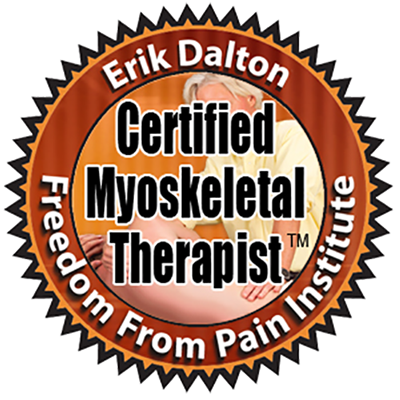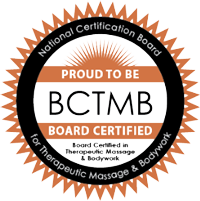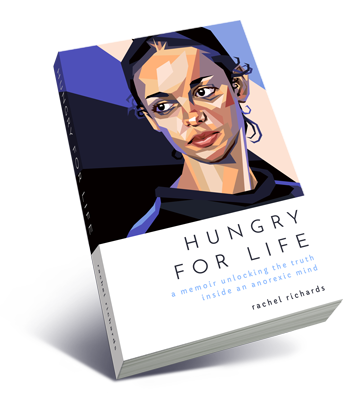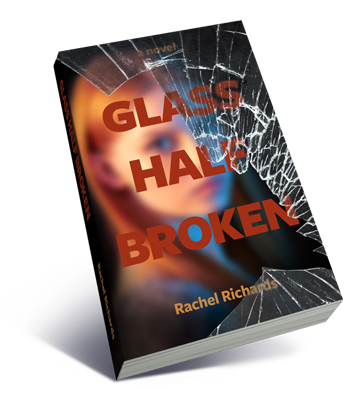News: June 2013
Are you a fascianado? ...
 There have been some exciting and unexpected new findings in the field of fascia! And since you read my previous article What's the deal with fascia?, you know what fascia is, right?
There have been some exciting and unexpected new findings in the field of fascia! And since you read my previous article What's the deal with fascia?, you know what fascia is, right?
Until recently, fascia was seen as insignificant wrapping. In dissections, fascia was thrown away so doctors and researchers could see the muscles and bones. Now, thanks to the Fascia Research Congress and improved ultrasound technology, we are finally becoming aware of the importance of fascia in the body - its association to pain and functional imbalances, and its intricate relationship with other body systems including the muscular and nervous systems.
In the past year, there have been surprising discoveries about fascia and low back pain. This is highly relevant since 80% of the population experiences back pain. Traditionally, a person with severe low back pain would be sent by a doctor to get an MRI. Often a disc prolapse would be discovered, and the patient would be handed off to an orthopedic surgeon. This assumes that disc pathologies cause low back pain. But we've now been handed evidence to the contrary!
Let's take a step back to understand disc pathologies, which can be categorized in three stages. Your vertebrae are separated by discs which act like a pillow, cushioning and protecting the spine, as well as allowing for spinal movement and flexibility. The outside of the disc, the annulus fibrosis, is firm and protective. The inside, the nucleus pulposis, is soft and jelly-like. In a disc bulge, stage one of a disc pathology, the disc is compressed between two vertebrae. The disc flattens and widens, and appears like a hamburger that's too big for the bun. In stage two, a disc protrusion, the disc pushes out even more into the spinal column. The final stage is a disc extrusion, or herneation, in which the disc is under so much pressure that the annulous fibrosis - that tough outer layer - cracks, and the jelly-like nucleus pulposis oozes out into the spinal column, possibly compressing spinal nerves.
What new studies have found is among those with low back pain, there is no significant difference between the number of people who have disc bulges or protrusions, and those who have no disc pathologies. The only significant link to low back pain was in those who had herneations. This means that for years, doctors and surgeons have missed the mark in performing procedures on disc bulges and protrusions in order to alleviate low back pain. In more than 75% of people with low back pain, the disc is not the cause! We can conclude from these studies that low back pain and disc pathologies are coincidental rather than causal, just as one might have brown hair and low back pain.
So the question remains, what is causing low back pain in so many people? Be sure to read next month's newsletter to find out!
Source: Robert Schleip - World Massage Conference
Try doing nothing ...
"Idleness is not just a vacation, an indulgence or a vice; it is as indispensable to the brain as vitamin D is to the body," says Tim Kreider in his eye-opening New York Times article, "The 'Busy' Trap." He noticed that whenever you ask someone how they're doing, the answer is almost always "So busy!" He describes this common response as a "boast disguised as a complaint." We've somehow come to believe that it's really a great thing to be inundated with work and obligations. It makes us feel important, needed, meaningful. Kreider calls it "a kind of existential reassurance, a hedge against emptiness."
Much of our busyness is not put upon us, but is self-imposed. We take on demanding jobs, volunteer work, and numerous activities and obligations due to our own anxiety or ambition and because, Kreider writes, "[we're] addicted to busyness and dread what [we] might have to face in its absence." We've chosen to allow our busyness to consume our lives, but not without paying a price. We find ourselves exhausted, cranky, stressed out, and sad, with little time for ourselves and the people who we truly care about. And if you've been reading my newsletters, you know that neglecting your mental and physical needs pose numerous health risks.
We need quiet and room to breathe and just be. Kreider explains that idleness "is, paradoxically, necessary to getting any work done ... history is full of stories of inspirations that come in idle moments and dreams." I know I've looked back on my busy days and have regretted not having more fun, not spending more time with the people I love, and not enjoying this beautiful life to the fullest.
We chose to be this busy. That means we can choose to change, to make more space in our lives for necessary idleness. As Kreider concludes, "Life is too short to be busy."
Source: NY Times
 What's new with me ...
What's new with me ...
At 9 weeks old, Sienna was no longer the baby in the family. My younger sister gave birth to her adorable son Jonah!
On June 13th I celebrated my first birthday as a mom. I gave Sienna a massage, but she didn't reciprocate.
We can't believe how much Sienna is growing and changing every day. She and I enjoy going to mom/baby yoga together. At only 11 weeks, she figured out how to roll from her tummy to back! She's been smiling, laughing, and "talking" up a storm. Here are some new photos for those of you that can't get enough cuteness.
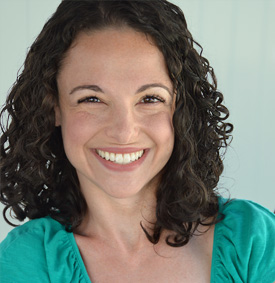
Call or text me today
917-359-8641
I'd be happy to answer
any questions you have!
Massage@Rachel-Richards.com
Subscribe to my Youtube channel!
Did you know?


